Witnessing a car accident first-hand requires a calm, cool, and collected response under traumatic circumstances. Your course of action will largely depend on the severity of the crash and the extent of the injuries, but there are some general guidelines to keep in mind. By following these tips, you’ll be better prepared to help your fellow drivers until the professional emergency responders arrive.
Ensure Your Safety First
If you are driving when you spot a car crash, pull over to the side of the road at least 100 feet from the scene and put on your hazard lights. You want to give enough distance so you don’t put yourself in danger of broken glass, leaked fuel, or flames.
Call 911
 Never assume that someone else already called 911. Even if the wreck doesn’t appear severe, the authorities should be notified. Let the 911 operator know you witnessed a car accident, the location, number of people involved, and any other pertinent details.
Never assume that someone else already called 911. Even if the wreck doesn’t appear severe, the authorities should be notified. Let the 911 operator know you witnessed a car accident, the location, number of people involved, and any other pertinent details.
Check On The Victims
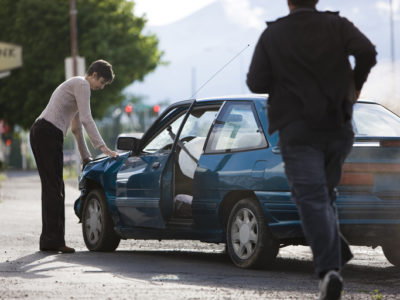
Once you’ve ensured that it’s safe to approach the scene, check on the condition of the crash victims to make sure they are okay and offer help, if you are able. While this can be an emotionally taxing time, try to stick to the facts and remember that this is not the time to assess who is at fault for the accident or make judgments on what the other driver must have been thinking. A good rule of thumb is to never admit fault at the scene. Unless there’s a risk of the vehicle catching fire, do not under any circumstances move an injured person. Despite your best intentions, you could accidentally make the injury worse. Let the trained medical professionals tend to the injuries, but you can provide comfort by reassuring victims that help is on the way.
Stabilize The Vehicles (If You Can)
If the accident is minor, ask the driver to put the impacted vehicle in “park” and turn off the ignition. This will eliminate the risk of fire, especially since chances are good that the crash has caused an oil, fuel or coolant leak. If it’s safe to do so, enlist help to move the car out of further harm’s way and to leave space for other vehicles and emergency responders. If that’s not possible, set up flares or traffic triangles to warn other drivers of the accident.
Give A Statement & Provide Your Contact Information
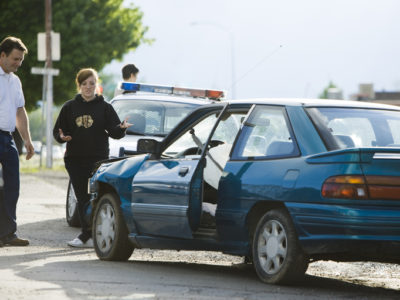 When the police arrive, provide the relevant facts and your contact information. In the days and weeks following the event, you may be contacted as a witness by legal and medical authorities and/or insurance claims agents. Be honest, factual, and consistent with your statements.
When the police arrive, provide the relevant facts and your contact information. In the days and weeks following the event, you may be contacted as a witness by legal and medical authorities and/or insurance claims agents. Be honest, factual, and consistent with your statements.
Car accidents can be upsetting for the victim and the bystander alike. The best way to deal with an accident is to stay on the scene and report what you’ve seen. Only exit your vehicle to render aid if it is safe to do so. Your clearheaded actions to safely assist or protect the victims until emergency assistance arrives can make an enormous difference in the overall outcome.
Being in an accident might be stressful, but GEICO Mobile makes the claims process easy. Download it today in the App Store or Google Play.
By Stephanie Levis




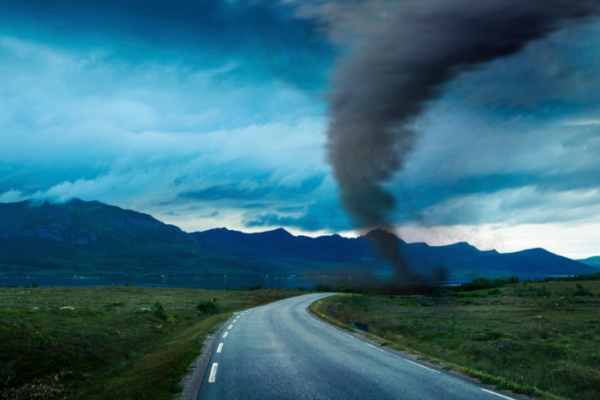
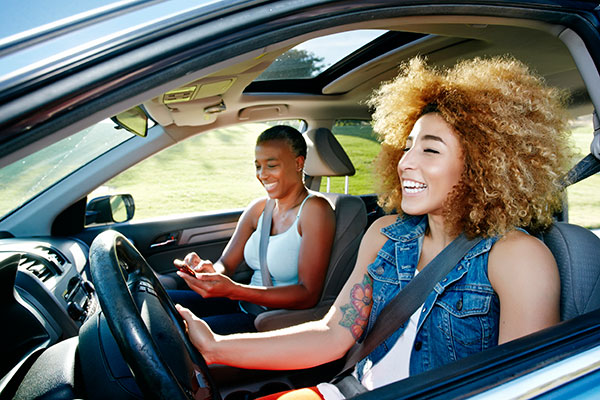
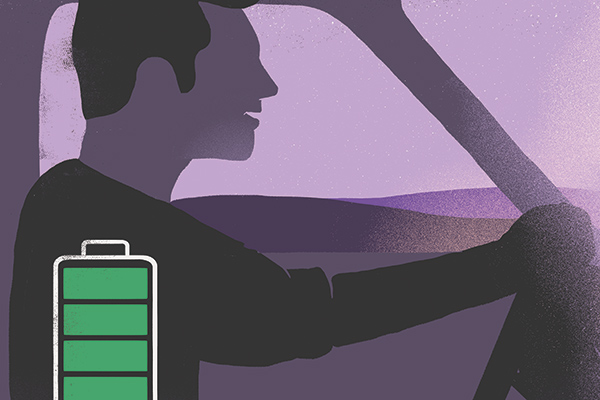
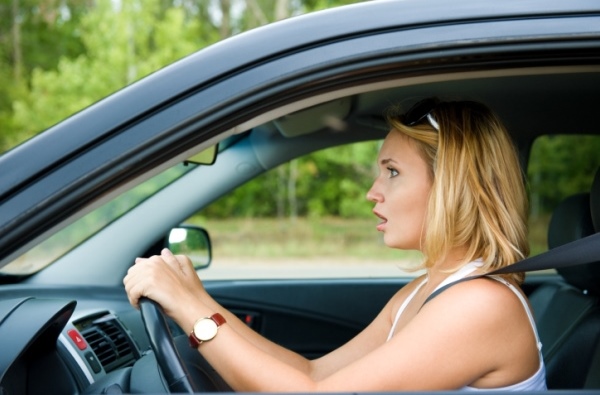
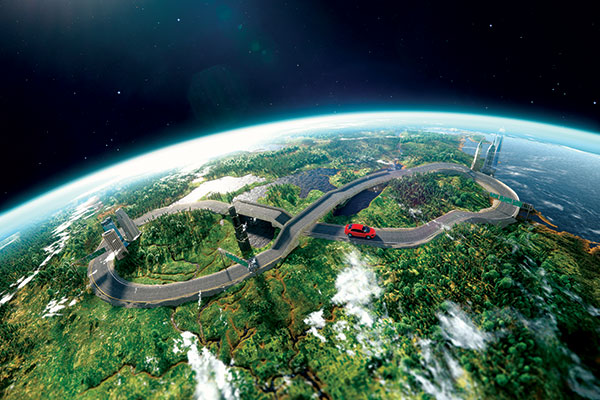
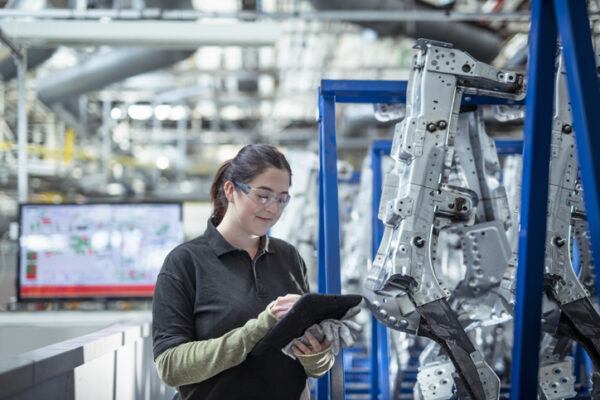
Chareenks Nohuerrinn says,
If you’re in a high crime area, do not stop if you are able to transit the scene safely.
powerseo says,
Really appreciated this good guiding information.
Irene says,
I’m only responding because I was witness to a severe accident yesterday and want to weigh in. I was waiting at a light going southbound and the left turn light turned green. Thankfully the people at the turn lights must have noticed the SUV coming eastbound at nearly 60 m.p.h. because nobody pulled out and then suddenly here comes the SUV. The SUV thought stupidly that he/she could make a left turn to go northbound without slowing down. They jumped the curb, went straight up in the air, through a wrought iron fence and landed top down. I proceeded to my destination and called 911. To all of those that say I am a coward… a little over a year ago, around the same time in the middle of the afternoon within a block, an officer was shot and killed when he responded at a similar accident. He had just taken his young son to his first day of school. I question the sanity of anybody who is driving that way at that time of the afternoon when children are going home from school as well as buses out on the streets. There is no way I am going to approach somebody that has acted so recklessly. Here’s my favorite part of the story… on my way home, half an hour later, I pull up to the officer directing traffic around the scene, roll down my window and get the words “I witnessed this accident earlier” out of my mouth before he screams at me to “just go around the block”. I’m not sure what good that was going to do so I cursed him under my breath to figure it out for himself and I went home. There’s a reason that people don’t want to get involved. I have no regrets.
Modesto G. Dia says,
Thank you very much for all the useful tips, life-saving infos.
Alexanda says,
Yeah, so useful.
Duncan McEwan says,
Turning off the ignition will not eliminate the risk of fire, but will reduce it. This misstatement should be corrected. You don’t want to give accident victims and those who stop to help a false sense of security. A fire could still start. (I’m a former firefighter.)
Also, if you are stopping to help, it’s not enough to park 100 feet from an accident. This distance is fine, but if you are parking upstream of the accident, you want to also turn your steering wheel far to the right if you are on the right shoulder, and far to the left if you are on the center divider. (Like parking on a hill.) Should your car get hit by a passing car, it will be less likely to get pushed into the accident scene.
andrew says,
very helpful points. thanks!
Sonia Morales says,
It was like a refresher course very helpful especially the road rage article reminding you to take a deep breath and gather your thoughts..
I love geico had their Insurance for many years very happy with them… And their customer service is awesome…
Marianela Perez says,
Definitely; this is a very good driver’s Advise to everyone. Is a lifesaving to us and for the future drivers in our families and friends .
Thank you all
Catherine Gallo says,
Really good info..thanks. Having moved to Florida from New England I find the majority of drivers here are really negligent when it comes to obeying traffic laws. And because the laws are soo different.I picked up a Florida ” safe driving handbook” at the DMV. . and thenI elected to attend the ” State Driving School”..It was a 4 hr. Class. I learned a LOT I believe everyone who moves to another state should be required by that State or their Insurance company to take that class. The information I learned is definitely lifesaving..
Thank you
Barbara Jaramillo says,
Thanks, good updates
Sandra Blue says,
In California, if no one is hurt, the police will not respond. So after I pulled over, I would check to see if anyone was hurt and then depending on their answer, would proceed from there. If asked for my name, etc by either party I would do so, however if it was a rear ender that I saw happen, I would supply my name to the person rear ended.